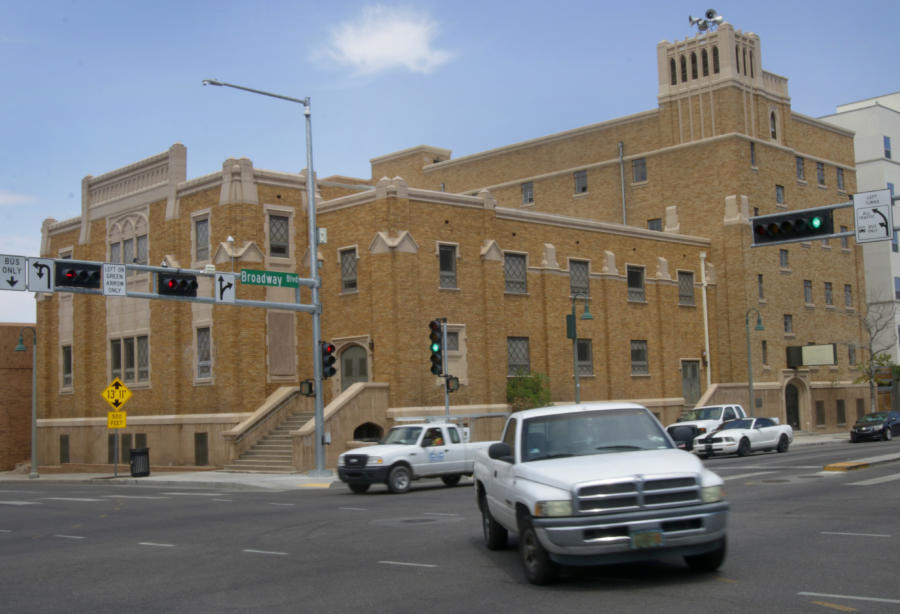Cynthia Nevels FOUNDER OF INTEGRALITY
MAY 15, 2018
Every day, we see new product and service innovations created in our local communities.
John Freisinger, executive director of InnovateABQ, a new public-private partnership innovation center in Albuquerque, New Mexico, defines innovation as, “the application of invention or discovery to a specific consumer requirement.”
By definition, that is exemplified by local entrepreneurs who create better and faster ways to do things every day such as manufacture food products in a facility in Fort Worth like Happy Tomato Fresh Salsa; or mechanics who innovate new processes for repairing vehicles because the equipment they need does not exist as in the case of Boss Conversions; or decor lighting companies who create luxury products with zero carbon footprint like Modern Lantern; or sports performance trainers who design new virtual spin cycle studios to help more clients keep fit on the go such as 360 Cycle Studio in Duncanville.
These innovative entrepreneurs apply their skills to create new inventions out of necessity daily and yield healthy profits annually, but these companies could experience even more growth with the right investment. The problem—wealthy investors are not knocking on their doors.
The companies generate hundreds of thousands of dollars in revenue each year, employ smart and hard-working talent from the local community, and create innovative solutions to solve new problems based on necessity. But, they rarely receive capital investment from the multibillion-dollar venture capital or angel investor community.
WHY AREN’T WE INVESTING IN INNOVATION IN LOCAL COMPANIES?
Why aren’t innovative small companies with traction being nurtured and vetted for investment in Dallas? Is it a question of capacity, capability, or credibility?
When venture capitalists are assessing the geographic landscape across the United States, not much attention is given to wranglers in Texas.
Some reasons given as to why Dallas is often overlooked when it comes to investing in local innovation are:
- I didn’t see you
- I don’t know you
- You’re too small
- You aren’t ready
- You can’t promise the returns our fund expects
What are private investors looking for?
“Venture capital investors particularly focused on innovation would consider myriad other primary factors involved with their funding profile including the venture’s management team, IP protection, market risk, production risks, and operational risks. The ROI for high-growth companies can be very high, but relies more on the business fundamentals than the innovation,” Freisinger said.
Some believe small companies have the upper hand when it comes to product and service innovation when compared to larger corporations and global enterprises.
Small-company innovation often is more visible than internal corporate innovations. Entrepreneurs who run local small businesses have to swing for the fences to attract market share from larger companies, because home runs attract attention.
The problem with swinging for the fences, however, is that the probability of hitting a home run is extremely low. Similarly, the probability of small company success is low. On average, only 25 percent of venture capital–backed startups ever return their invested capital.
Furthermore, VC-backed companies are a select group. Fewer than 5 percent of companies receive venture capital. So while hitting a home run attracts a lot of attention, it is the exception, not the rule.
Thus, for a small business or startup to be seen, it requires smaller ventures to work harder, talk louder, and sell more to garner the attention they need. They cannot do it alone—they need advocates. If an entrepreneur is not connected to the right ally, advocate, or board, the process for acquiring capital investment from outside the community can be slim to none.
WHY IS IT IMPORTANT TO ADVOCATE AND INVEST IN LOCAL INNOVATION?
Investment in smaller and innovative ventures can stimulate an undercurrent of needed economic development and business growth. When businesses have the funding they need they can invest in new talent, new or upgraded equipment, enhance their marketing to increase market share, and strengthen the tax base in the local community.
But to continue to innovate out of necessity, these companies will need help to get ready, stay ready, maximize profits, and deliver.
Janet Johnston, former Accenture partner and now director of DBR & Associates said: “Dallas has many programs in place that are trying to tackle the challenges with innovative programs and solutions: United Way GroundFloor, Social Venture Partners Dallas, Goldman Sachs 10,000 Small Businesses, and many more.”
“I think the Dallas area is a hub of really diverse investable ventures.”
Cristin Thomas
Many leaders believe a streamlined process, concerted collaborative effort to organize resources and share data, could improve the chances of luring more investment capital into the area.
Cristin Thomas, executive district director of small business and entrepreneur innovation and the Goldman Sachs 10,000 Small Businesses at Dallas County Community College District said: “I think the Dallas area is a hub of really diverse investable ventures. I would like to see more private capital resources readily available for entrepreneurs so that it stimulates an innovative culture. I hope to one day see a place where entrepreneurs and small business owners can go that allows them to connect, learn, and create. A creative hub of innovation that leads to the next new thing.”
Local entrepreneurs and small businesses cannot rely on bootstrapping and debt capital alone to continue to compete with our West and East coast neighbors. If entrepreneurs feel their ideas and inventions won’t reach the market, they can’t create as fast as the market demands.
WHAT CAN WE EXPECT IF WE DON’T INVEST IN LOCAL INNOVATION?
Zero investment in small-company innovation yields zero results, which ultimately stagnates economic growth and job development. Expected results are:
- Isolated Research & Development—diminished idea sharing, limited creativity, and silo creation
- Decreased Competition, Higher Prices—lack of investment in alternative solutions creates opportunity for price hikes and marginalized competition
- Rise in Unemployment—without investment companies limp along with bare minimum talent and staff reductions strategies lead to layoffs and hiring freezes
- Skyrocketing Opportunity Costs—the loss of potential gain from other alternatives when only one alternative is chosen
These unfortunate results are what can happen if we continue to invest in the same local companies and ignore the diverse list of small businesses in the region that you may not see in the local paper, or on the local news, that are disrupting industries, solving problems, and hiring. We will create an economic stalemate that will require a great deal more than money to solve in the years to come.
Investors and advocates must get into the neighborhood, talk to more entrepreneurs with true intent and invest in programs that will cultivate innovation, product development, and partnerships designed to boost the local economy.



